Mamey, Passports & Young Beauties!
The Latest Passport Information
Many potential tourists, and even potential expats, have delayed or foregone completely their plans to visit Mexico on a 2008 cruise or on a driving vacation because the process of getting a passport is so long these days. However, the January requirement for passports has been pushed back to at least Summer 2008. Until then, in order to cross the border, all an American citizen needs is a government-issued photo ID and proof of citizenship to travel to Mexico, Canada, or the Caribbean by land or sea. The proof of citizenship can be a birth certificate. Don't forget – it needs to be an “official” birth certificate. Passports are still required for air travel to these areas. Oh – and when you are driving, don't forget your car insurance and pet papers. Nobody will ever ask you about those pet papers, but you wouldn't want to be without them if they do. And the car insurance is a must if you want to drive into Mexico.
Passport Cards
For some time now, people who live on the Mexican side of the border, but work on the U.S. side, have had a permit card that lets them cross over and back without the inconvenience of having to stop. Now, as part of the Western Hemisphere Travel Initiative, there is to be a new, wallet size Passport Card that U.S. citizens can
>
use to travel to Mexico , Canada , and the Caribbean with no need of a passport quite yet. This will give U.S. citizens another year, until mid-2009, to get a passport. Individuals can begin applying for the cards on Feb. 1, 2008. They are $45 USD for adults and $35 USD for children, but only $20 USD for those who already have a passport. The Passport Card is only to be used for land and sea travel. Air travel still requires a passport. You can stay up-to-date on future passport and passport card developments here.
The Chunchucmil Market
The story of the Chunchucmil Market is one of those stories that grows bigger every day. At first, there were reports that “somewhere in Yucatan ” soil analysis has turned up a pre-Columbian marketplace. That is no surprise to anyone who has ever lived in Yucatan and who has seen, up close, the complexity of the Mayan culture. But now, the Chunchucmil Market has turned out to be huge, possibly encompassing at least five towns (6.5 sq. km) on the other side of the salt marsh from Celestun. Researchers think it was connected to the Gulf by a canal that was 15 miles long. Even now, with the story in the New York Times and its own marvelous website, its hard to believe that our little Chunchucmil (with it's beautiful semi-abandoned hacienda) once had a thriving population of almost 47,000 merchants.
Keep in mind, all of this didn't exactly happen yesterday. Chunchucmil was founded about 300 B.C. and flourished as a huge regional market between 250 A.D. and 900 A.D. It was during this era that Yucatecos began building houses with stone walls around them, something we still see every single day. We can't wait for the next installment in this ongoing research. Maybe we'll find out exactly who the Chunchucmil merchants' customers were. We think we'll soon discover that there's far more to the story of the Maya than anyone could ever have guessed.
Look! Yucatan From Space!
From the European Space Agency, we see the image of the week. It brings new meaning to the term “The Lights of Merida”. Can you see where you live in that picture? We had to laugh just a little, since the description of the photo included the phrase “was once home to the Mayan civilization.” Last time we looked, “the Mayan civilization” is alive and well and the Mayan people are still living in the same place they've always lived. If you really wanna try and look for your house, you can go to Wikimapia and use the controls on your left. You can drag the map to move around.
The Young Ladies of Yucatan
Sometimes, we think the view of Yucatan most people see is so influenced by the travel industry that everyone forgets that our state is one of the most cosmopolitan areas in all of Latin America . If you are considering a move here, you should know that there is life in Yucatan after you have seen the pyramids, churches and cenotes . There are two lovely, local websites that caught our eye this week, both associated with the young ladies of Yucatan . First, El Diario published the Debutantes of 2008. The grace and poise of these young ladies is a match for young ladies anywhere else in the world. Then, we saw the resumes of this year's King and Queen of Carnival. Just click Ver curriculum , under each of their names, to see how much they have accomplished in their young lives. Never think that moving to Yucatan is the equivalent of moving to the hinterlands of some strange and “foreign” country. Yucatan Living congratulates the young people of Yucatan and we are so pleased that they are yet another sparkling facet of Yucateco culture.
Magaña Orchards Takes Mamey Commercial
Over the past 35 years, Magaña Orchards, in the southern part of our state, has been quietly sifting through almost a dozen varieties of mamey for the purpose of developing the two best varieties for commercialization. Within three years, we can expect to see not only a thriving mamey industry in Yucatan , but also a new processing plant that will focus its efforts on mamey and other exotic fruits. Congratulations to the researchers, growers, and processors who are making all of this possible.
Yucatan Orange Juice On Its Way to Germany
How many oranges are there in 200 tons (per day!)? We have no idea – but what we do know is that the Yucateco orange juice industry is alive, well, and shipping juice in all directions. First, our juice was sold throughout Mexico. Next, it headed for the United States . In the past weeks, the first 4 of 1,000 containers (holding 90 drums each) headed out for the European market, with these first containers destined for Germany . The first 2 weeks in December saw 2,800 tons of orange juice processed in Yucatan . Juice production, at this rate, will have a tremendous impact on quality of life for Yucatecos in the southern part of our state.
50 ft. Ceiba Cut Down in Ticul
Several years ago, it became obvious that a very large ceiba tree was beginning to cause problems at the local health center in Ticul. It seems that the 50 ft. tree was coming after the health center from above and from below. The tree was dripping a resin that was making patients and employees sick, and the roots were beginning to tear up the foundation of the building. Obviously, it had to come down – but – one of the mandates of the Health Center is to care for the environment, including the trees. Plus, many neighbors wanted the old tree saved. After seven years of negotiation, the tree finally began to come down this past week. Wood from the trunk will be used to build tables, chairs, and benches for the Health Center and the grounds will be landscaped with noninvasive local shrubs and flowers. It is so sad when an old tree must come down, but in this case, it had to be done. The tree will live on in the furniture at the Health Center.
UADY News
For the 13 th year in a row, General Practitioners have met at UADY to learn about the latest developments in their field. This year, the 75 physicians in attendance, in conjunction with the Mexican Society of Rheumatology, the National Medicine Academy and the Medicine Faculty of UADY created the Patronage for the Rheumatic Patient. This organization meets once a month, in order to provide both information and attention to those who suffer from rheumatic illnesses. The Patronage for the Rheumatic Patient is especially important because up to 2% of all Yucatecos suffer from rheumatoid arthritis. Problems with environmental triggers, including tobacco, for all illnesses were discussed.
• Foreign students continue to arrive at UADY. From Butler University , in Indianapolis , we have 22 students who will be with us for six months while they study Archaeology, History, Accounting and Administration, and Psychology. We are especially excited to learn that 16 Education students have arrived from DePaul University in Chicago . These young people will go back to teach in schools in the U.S. and will be able to bring life to the concept of a wider world for their students.
• An academic group at Campus Tizimín de la Universidad Autónoma de Yucatán (UADY) has finished a shareware video game developed for children with language problems. This game combines a graphic interface with voice recognition and has shown itself to be of great value in helping children with language problems learn to pronounce even complex words correctly. Congratulations to the Computer Science Department of the Campus Tizimín de la Universidad Autónoma de Yucatán for a job so well done!
>
• Look for much more activity between UADY and its counterparts in China in the coming year, including Mandarin Chinese classes, Chinese philosophy classes, and an alliance between Yucateco and Chinese sports programs. China is the largest marketplace, and research and technology producer in the world now and learning Mandarin Chinese is considered to be as essential as learning English. Throughout Mexico , there are a total of five cooperative educational exchange centers and UADY is proud to host one of them.
• The holidays are over and its time to turn our attention back to the conservation and restoration of our natural resources. Toward this goal, research units of UADY have formed a coalition with their counterparts in Tabasco and Veracruz to work together toward the common goal of reconstructing and preserving our environment for generations to come.
Why It Gets Cold in Yucatan
Speaking of nortes , we found a pretty good description of why it gets cold in Yucatan in the current issue of Jim Conrad's Naturalist Newsletter (about ¾ of the way down the page).
The simplistic explanation is an outgrowth of Jim's playing, as a child, in his mother's tub of wash water as it heated up. After 18 nortes this winter, Jim recognized a phenomenon he experienced with that “heating up” wash water. Today – “More and more heat is being added to a closed system -- the Earth -- causing atmospheric convection currents to grow more and more robust. This causes hot equatorial air to penetrate deeper and deeper into temperate zones, and cold polar air to travel farther and farther toward the equator. The end result will be the same as resulted with my mother's washtub: A dangerously hot container.”




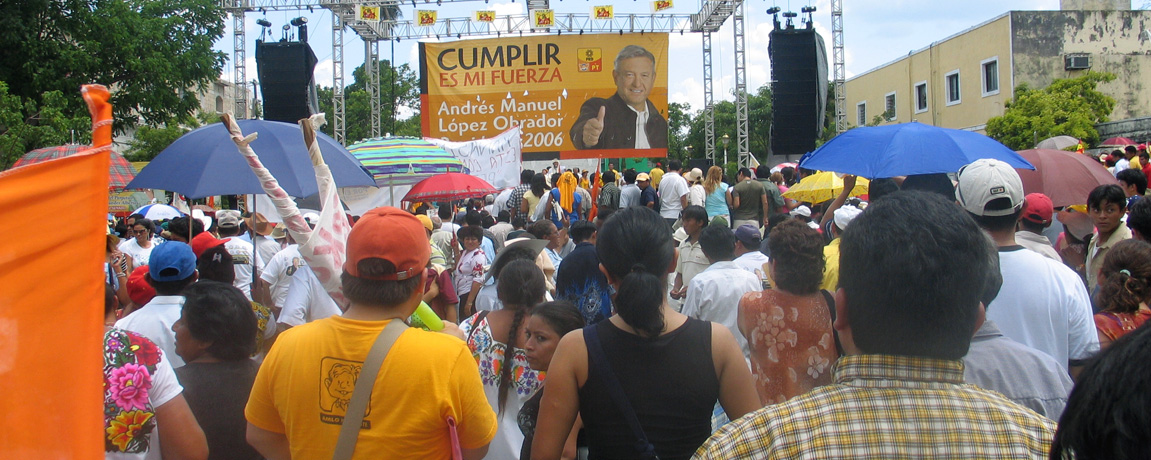


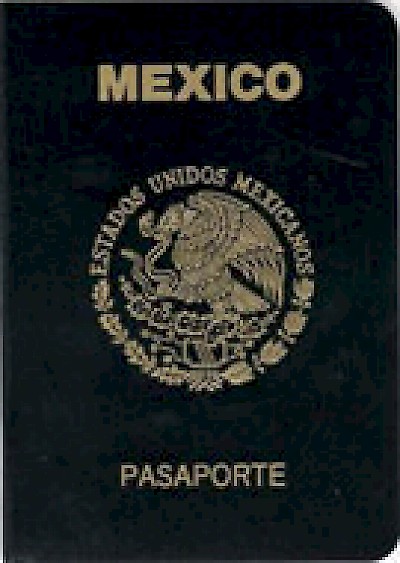

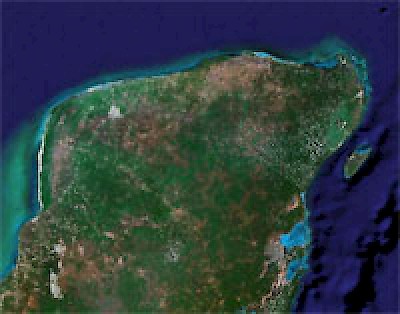

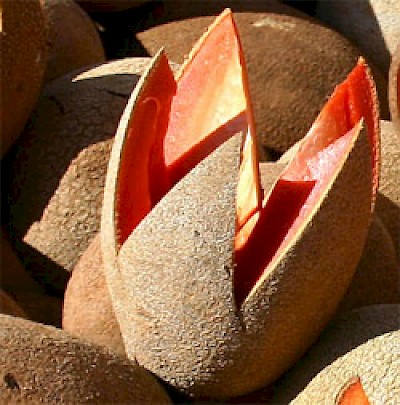
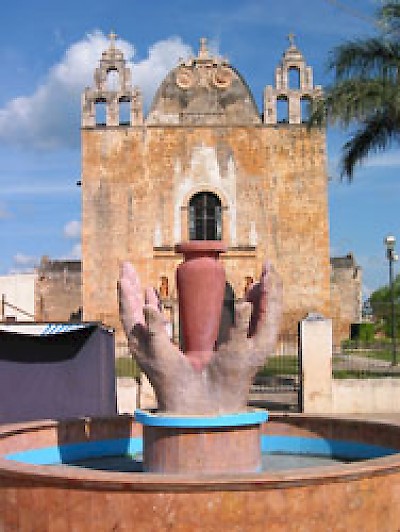


Comments
Working Gringos 12 years ago
Mamey and Zapotes are two different trees. And I'm pretty sure you need a special permit to ship things like that internationally... I could be wrong. Your best bet would be to find someone to take them home in their suitcase.
Reply
Brett 12 years ago
Could anyone get any seeds from huge mamey sapotes and ship them to me ill buy them\and pay postage.
Reply
Claudia Haas 17 years ago
I love reading your articles. It helps me stay in touch with Merida, which I miss sooo much. Thanks!!!
Reply
Vanessa Varguez 17 years ago
you guys are the best! that's all.
Reply
Greg Fryer 17 years ago
Thank-you so much for the article on Chunchucmil Market. We had driven to the ruin site a couple of years ago and we were not able to see much. Much of the site was over grown with vegetation and the old buildings (temples?) were just mounds of rubble. It's exciting to read about the history of the area. I can see another road trip in the near future to do a little more exploring.
Reply
John & Dorianne Venator 17 years ago
How do we take our name off the "Leave a Reply" message at the top of the message? Thank you,
The Venator's
Reply
Jim E 18 years ago
Re Wikimapia.... it didn't work for me, but if you are looking to see your home in context... try Google Earth. I can see individual streets, the zocala, Santiago Church and park, my house, and even individual cars on the street using Google Earth and navigating all over Merida.
Jim E
Reply
(0 to 7 comments)